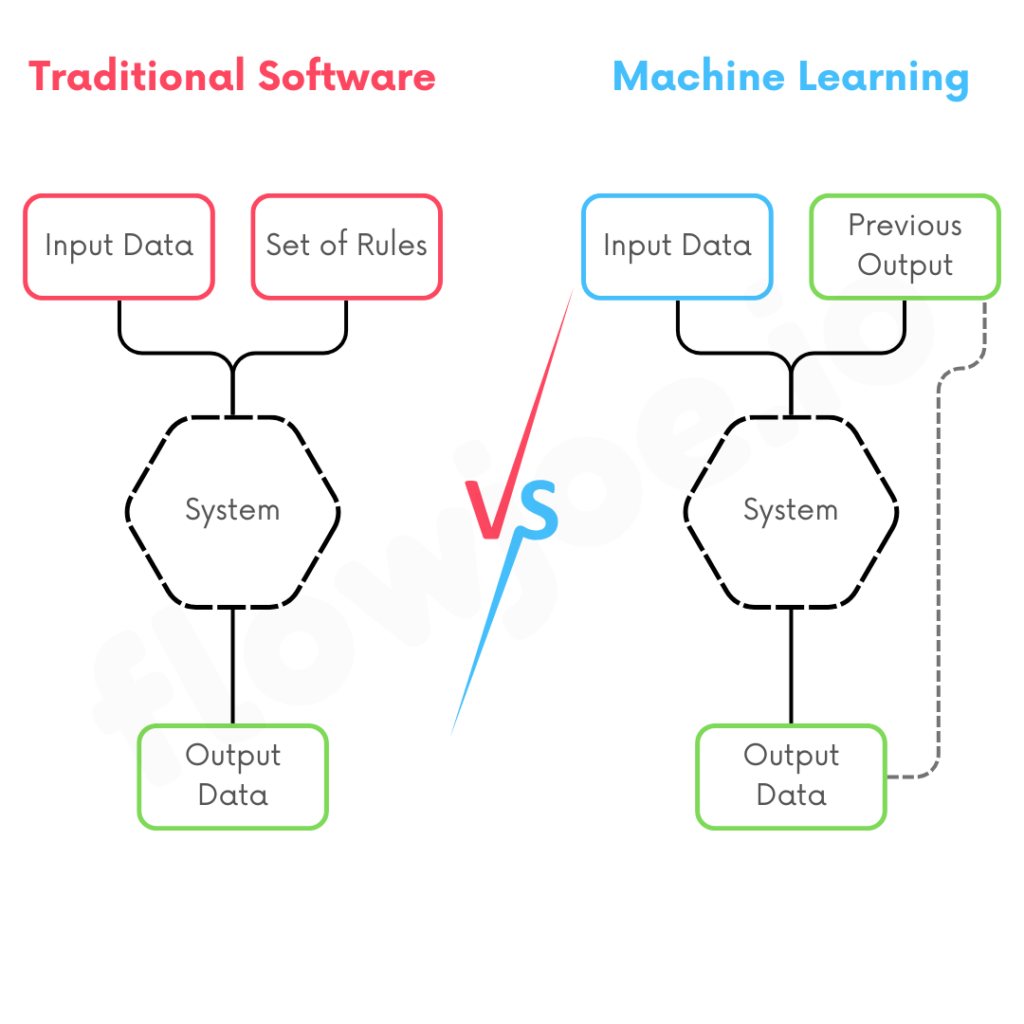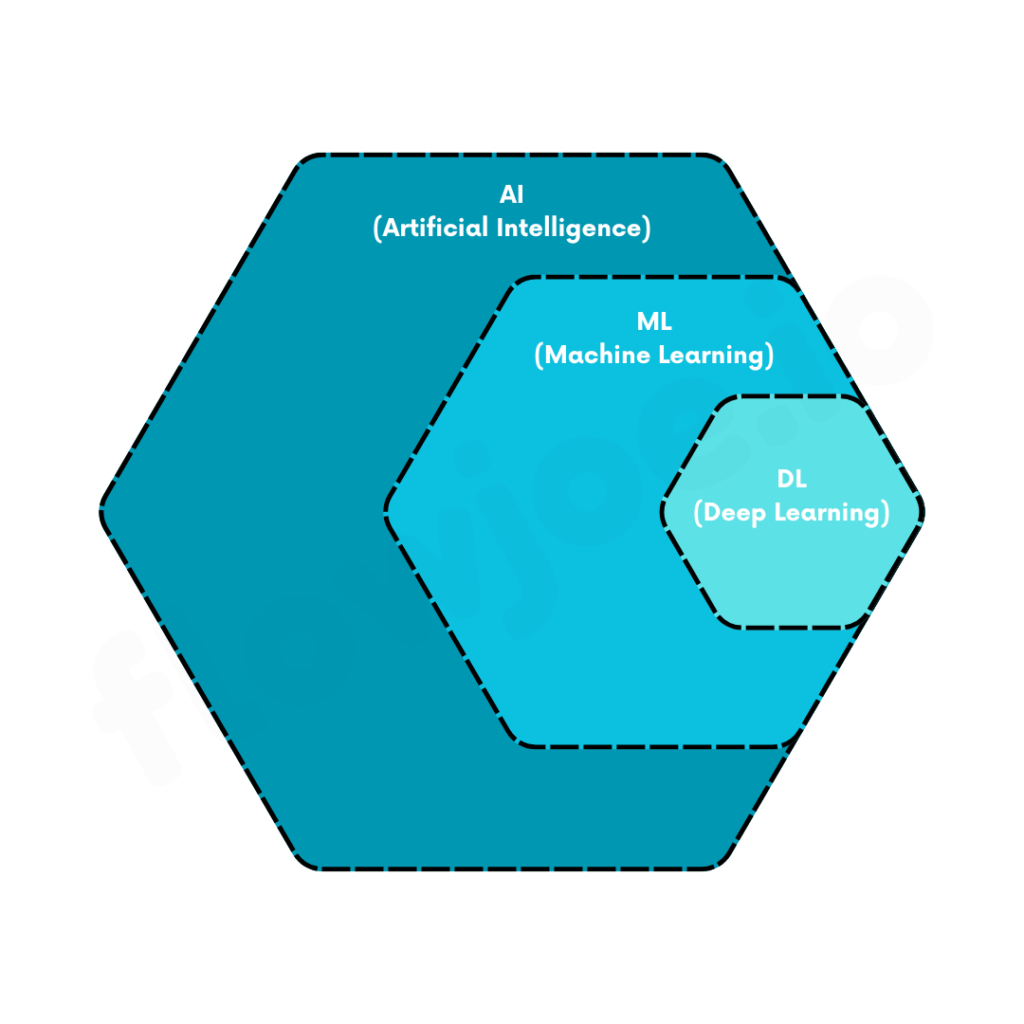
Let’s start with the fundamentals: What is machine learning? Back in 1959, Arthur Samuel from IBM defined it as a way for computers to “learn” without being explicitly programmed (A. L. Samuel 1959). Instead of spelling out each rule, we show the computer examples, and it learns patterns on its own.
Imagine training a model to recognize a cat. Traditionally, we’d program the computer with cat-like features: pointy ears, whiskers, tail, etc. With machine learning, we skip instructions altogether. Instead, we show it thousands of cat photos, and over time, it “learns” to recognize cats by finding patterns in the images.

But what’s the difference between AI, ML, and DL? AI (Artificial Intelligence) is the broad field focused on imitating human intelligence in machines. ML (Machine Learning) is a subset within AI that uses data to “teach” machines to improve over time without direct programming. Then, there’s DL (Deep Learning) which is a specialized area within ML. This uses neural networks to tackle complex tasks like image recognition, language processing, and recommendations.

Today, ML has a huge impact on our daily lives, even if we do not realize it. From personalised shopping recommendations to voice assistants on our phones (such as Apple Intelligence with Siri), we interact with machine learning models more often than we think. And this increase is powered by three main factors:
- Increased Data: With the internet, mobile devices, and connected technology, we have access to more data than ever before. This enables machines to learn from a massive variety of examples.
- Improved Computing Power: Thanks to advances like GPUs (Graphics Processing Units), we can now train larger and more complex models at incredible speeds.
- Algorithmic Advances: Data scientists and engineers keep pushing boundaries, making it possible to solve harder problems with innovative model architectures.
As we continue to advance, we’ll see even more possibilities with AI and ML in fields like healthcare, transportation, and beyond, not just generating some nice art.
Citations/Further Reading:
A. L. Samuel, “Some Studies in Machine Learning Using the Game of Checkers,” IBM Journal of Research and Development, vol. 44, no. 1.2, pp. 206-226, July 1959 (https://ieeexplore.ieee.org/document/5392560)
